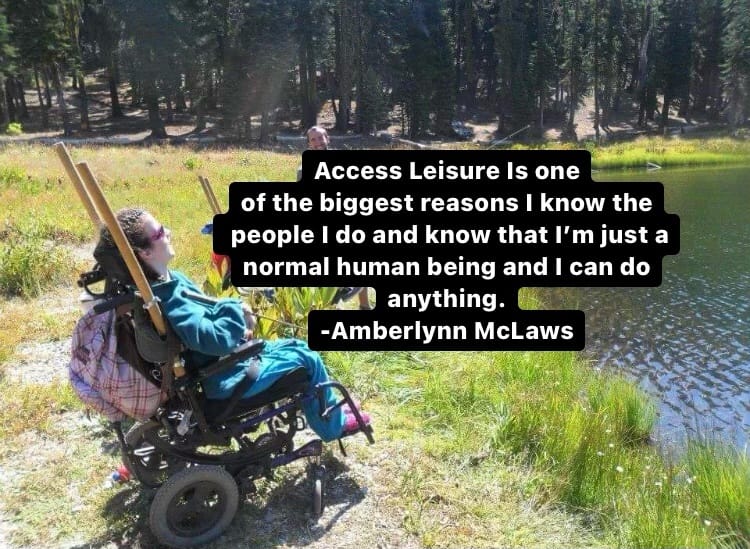By Jim Frazier, Public Policy Director, The Arc / UCP California Collaboration
A study by the National Recreational and Park Association revealed that only about 40% of recreational programs nationally have adopted formal inclusion programs for people with developmental disabilities. Local government’s parks and recreation facilities play an important part in the life of a community and its members. However, recreational programs are primarily designed for the general population.
Creating better opportunities for inclusionary recreation and social activities for individuals with disabilities is vital. Unfortunately, many parks and recreation facilities were built without accessibility in mind prior to the implementation of the Americans with Disabilities Act (ADA). Because of this, individuals with disabilities and their families often experience barriers to participating in programs and activities offered at such places as public parks, sport fields, town pools, and recreation center classes. Under federal regulations, when parks and recreation facilities are built or altered, they must comply with the ADA Standards for Accessible Design.
It’s important that California cities be a model for ADA and adopt formal inclusion policies that ensure all community members have an equal opportunity to enjoy the benefits of parks and recreation programs. One example of the implementation of a successful inclusive program is City of Sacramento’s Access Leisure & Paralympic Sport Sacramento Club. Access Leisure provides enrichment activities such as sports, residential camping and outdoor education as well as social and fitness programs for children, teens, and adults with disabilities.
Many parks and recreation facilities who have inclusion programs report that partnering with a local nonprofit or other agency, such as a regional center, who already provide services to the members of the community with disabilities, is a mutually beneficial joint venture. These strategic community collaborations can be extremely effective in meeting the needs of all community members. They can share expertise and resources, save money, and ultimately achieve better outcomes when it comes to health and wellness. We need to make this a priority moving forward. All parks and recreation facilities need to prioritize inclusion programming.







